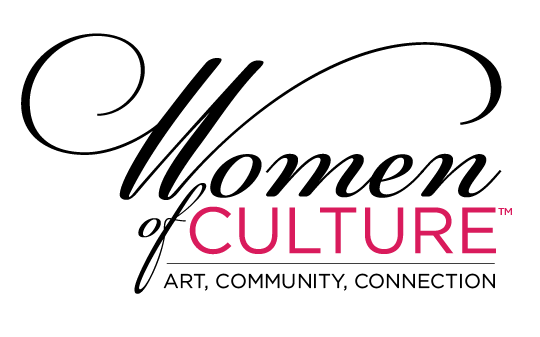More information about the Time is Always Now exhibit:
Curated by British writer and curator Ekow Eshun, The Time Is Always Now takes its title from an essay on desegregation by American writer and social rights activist James Baldwin. It highlights a sense of urgency around contemporary artistic expression, while acting as a reminder that Black artists exist within an always-evolving artistic lineage.
The more than 60 contemporary works featured in this exhibition unfold around three core themes: Double Consciousness, Past and Presence and Our Aliveness. Double Consciousness, a theory first introduced in 1897 by the African American sociologist W.E.B Du Bois, explores concepts of being, belonging and Blackness as a psychological state. Past and Presence explores the absence of Black figures in many mainstream narratives and shows how artists have responded. Our Aliveness features assertions and celebrations of Black assembly and gathering.
Traveling to the Philadelphia Museum of Art from the National Portrait Gallery in London, the Black and African diasporic artists in this exhibition work in the U.S. and the U.K. They include Michael Armitage, Claudette Johnson, Kerry James Marshall, Toyin Ojih Odutola, and Amy Sherald. For the show’s U.S. premiere, additional artists working in Philadelphia, London, and New York have been added, including Jonathan Lyndon Chase, Kudzanai-Violet Hwami, Roberto Lugo, Danielle Mckinney, Deborah Roberts, and Arthur Timothy.
More information about the Mickelen Thomas exhibit:
Mickalene Thomas’ (American, b. 1971) influences range from 19th-century painting to popular culture. Co-organized by the Hayward Gallery, London, and The Broad, Los Angeles, and in partnership with the Barnes and Les Abattoirs, Musée–Frac Occitanie Toulouse, All About Love is being shown as a series of independent presentations, with further venues to be confirmed.
The Barnes presentation of All About Love showcases a selection of vivid artworks—paintings, collage, photography, video, and site-specific installation—that celebrates Thomas’s distinctive artistic practice from the late 2000s to the present day. Her work is characterized by spectacularly staged, rhinestoned, large-scale painted tableaux and bold, intimate compositions, decisively foregrounding Black femininity in abundant realms of visual pleasure, agency, and kinship. Whether in imaginative dialogue with canonical works from the history of art or playfully reckoning with popular culture, Thomas’s exuberant portraits offer an empowered vision of beauty and desire, formulated through a sensual, Black feminist lens.
